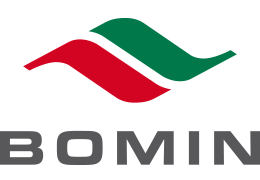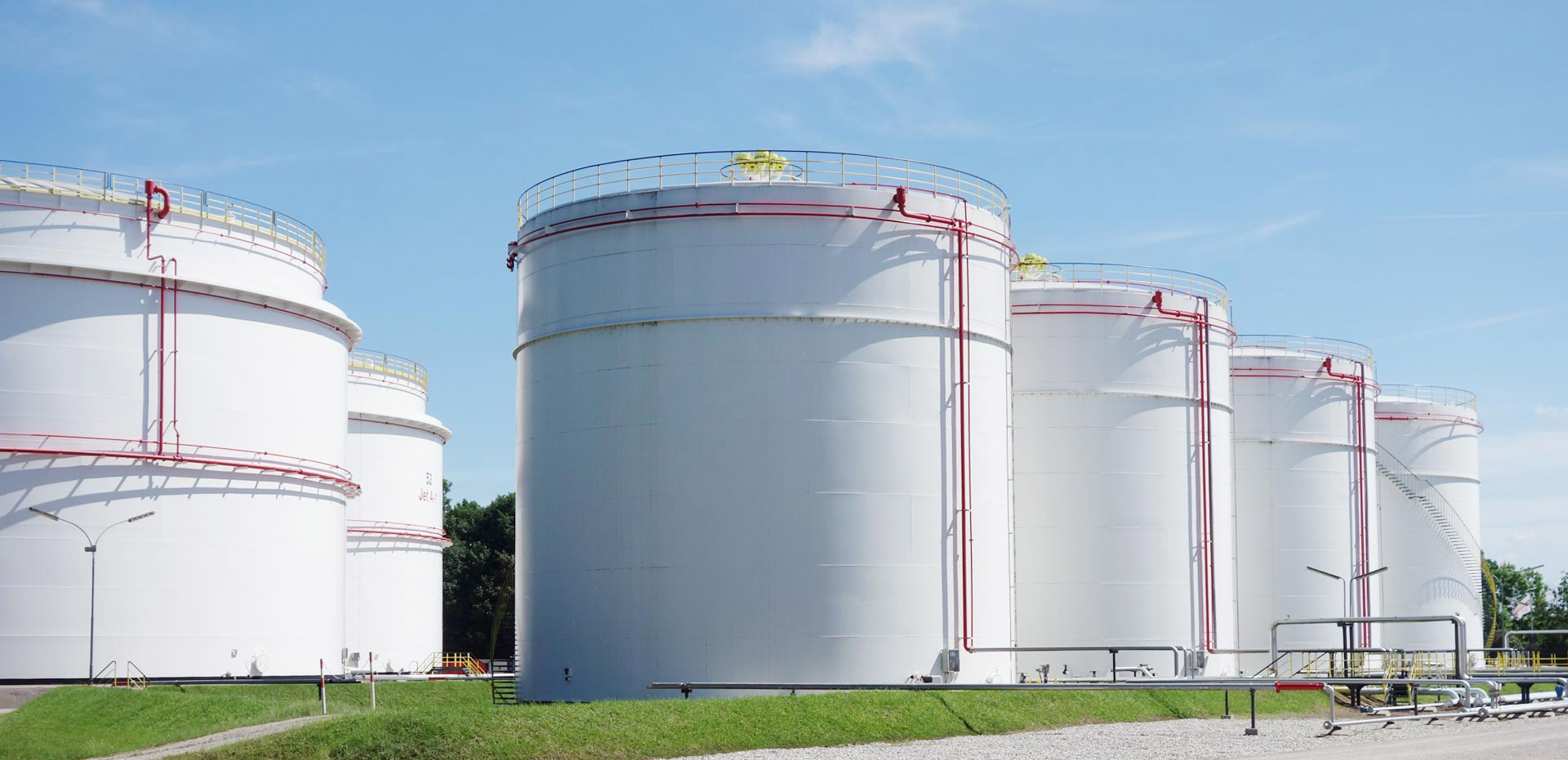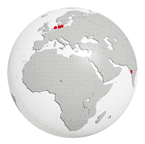Important Terms from A to Z
Bunkering (Marine Fuelling)
In shipping, bunkering refers to the fuelling of ships with marine (bunker) fuels used to power them, and also includes food and drinking water supplies for the crew. The fuelling operation can either be carried out via pipeline or tanker vehicle at berth or with special bunker vessels on the water. Ship-to-ship fuelling outside the port areas, i.e. at sea, is called offshore bunkering. Very high safety precautions apply to bunkering to ensure that no marine fuels spill into the water during fuelling.
The internal combustion engines of most ships run on heavy fuel oil, with marine fuel type RMG 380 being the most common product. Because heavy fuel oil has a firm consistency at normal ambient temperatures, it must be heated to between 40°C and 50°C for pumping. It is stored in one or more bunker tanks in the ship and heated to 140°C for injection into the engine. Other marine fuels are marine gasoil (DMA) or marine diesel oil (MDO). Bunker oils are internationally certified in accordance with ISO 8217.
Heavy fuel oil contains up to 2.5% non-combustible constituents, which are removed prior to combustion and then stored in tanks on the ship. This sludge is disposed of in ports for a fee. As large quantities of this sludge can affect both the safety and speed of a ship, in past decades it was dumped at sea. Since 1973, the International Maritime Organization (IMO) has regulated the handling of these waste materials in the International Convention for the Prevention of Marine Pollution from Ships (MARPOL). The directive also contains standards for the quality of marine fuels, and recommendations for safe fuelling.
Because of the particulate emissions and the high sulfur content, statutory emission limits apply, which are being tightened in the next years by further legislation. This is leading to changes in the field of marine fuels including, for some time now, the development of a technique to enable the use of liquefied natural gas (LNG) as a marine fuel. Sections of the Revised IMO Marpol Annex VI have been in force since January 2015, which reduce the emissions of nitrogen and particulate matter in Emission Control Areas (e.g. the North and Baltic Sea). Within ECA zones, only fuels with a maximum sulfur content of 0.1% may be used. The introduction of a global sulfur content limit (outside ECA zones) is currently being reviewed. Results are expected in 2018. Based on these, it will be decided whether a global limit will be introduced in 2020 or not until 2025.
Status: December 2015
All information subject to change. Errors and omissions excepted.


